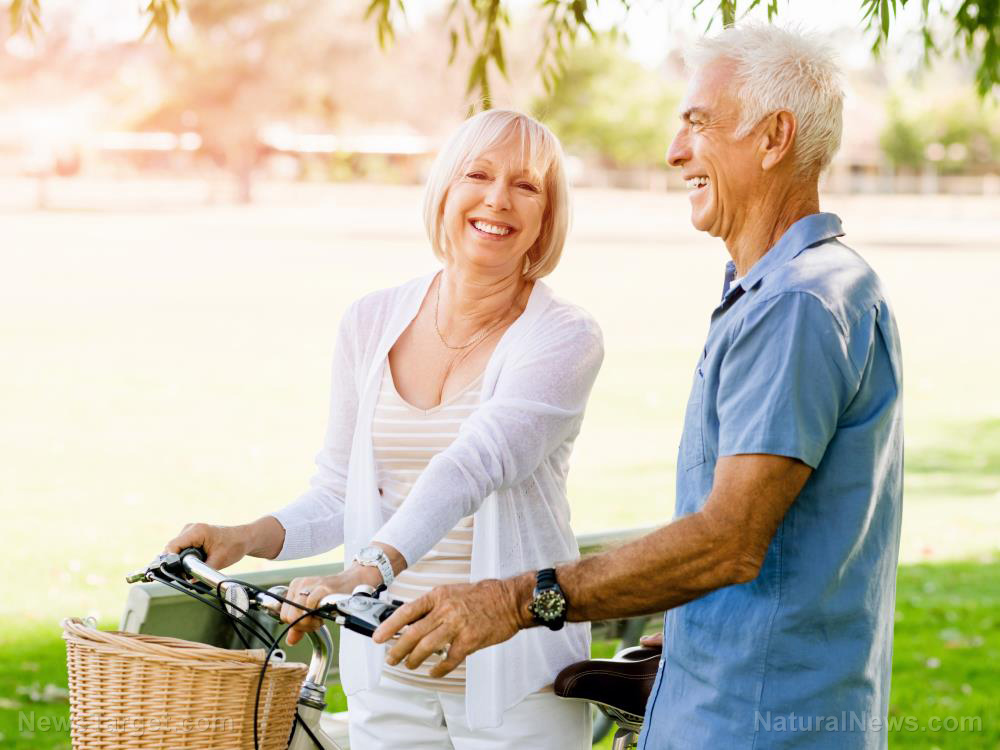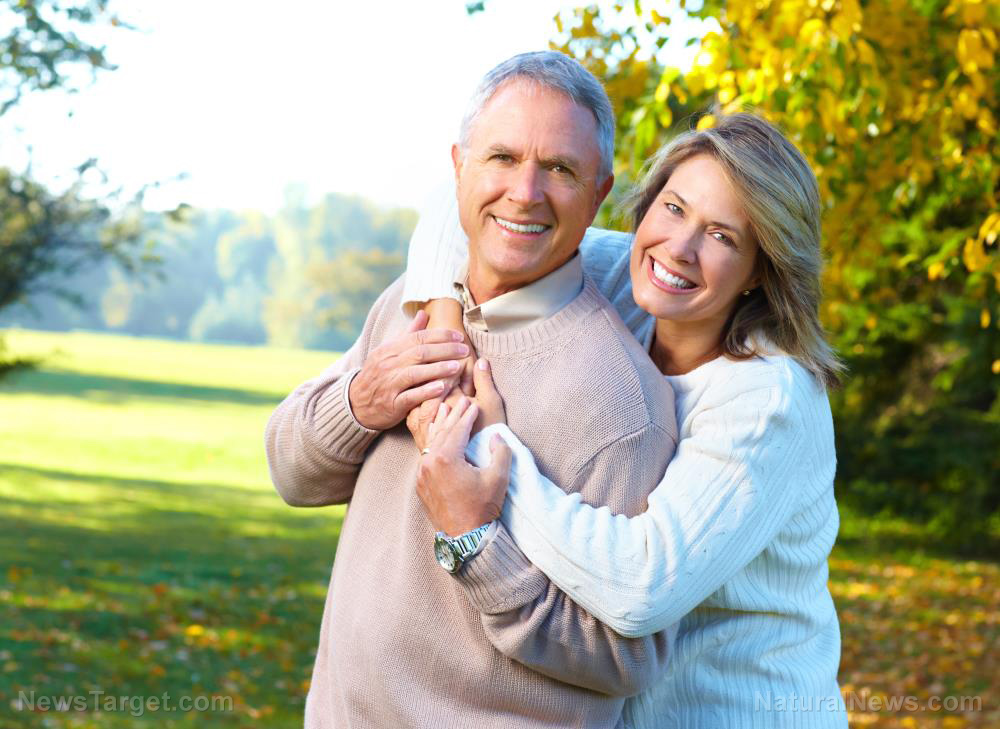Supplementing with astaxanthin rejuvenates facial skin, according to study
11/14/2017 / By Isabelle Z.

As we get older, our skin loses much of the elasticity it had when we were young, and it often takes on an ashy appearance that gives away our age. There are plenty of products that are marketed toward rejuvenating skin, but these often fail to deliver results. If you’re tired of spending money and time on products and routines that don’t seem to make a difference, a new study from the U.K.’s Lycotec and Russia’s Saratov State Medical University could be the answer you’ve been looking for.
The researchers studied 17 men and 14 women who were older than 40, all of whom took 4 milligrams of astaxanthin per day over the course of four weeks. The scientists were interested in checking the levels of bacteria on the participants’ skin as well as the peeling of their skin’s outermost layer, a metric known as corneocyte desquamation. Both of these are hallmarks of older facial skin.
In order to measure the skin’s oxidative stress, they studied the individuals’ plasma malondialdehyde (MDA) levels. Two weeks into the study, their MDA levels had already decreased by 11 percent. After the course of supplementation, their MDA dropped by a total of 22 percent.
They also noted statistically significant decreases in microbial presence and corneocyte desquamation, and these effects were even greater in participants who were obese. While they believe further studies are needed to establish a definitive connection between weight and these effects, the researchers hypothesized that people who are obese could have a higher inflammatory process and greater level of lipids within their skin.
Astaxanthin has many qualities that help skin
As a naturally-occurring carotenoid that can be found in salmon, lobster, crab, shrimp and algae, this red antioxidant is believed to give animals the necessary endurance for swimming upstream. It’s also quite powerful in humans, protecting the body’s biggest organ, the skin. It helps boost smoothness and elasticity, evens out fine wrinkles, and can boost the skin’s levels of moisture. It can help to prevent sunburn, which is why many say it can be thought of as an internal sunscreen.
Astaxanthin benefits the entire body
Its benefits don’t end at the skin, however. It is also a powerful tool for fighting inflammation and pain. It helps boost your recovery after exercises, and it can enhance endurance, strength and energy levels. In addition, it can help eye problems like eye fatigue, eye strain, macular degeneration and diabetic retinopathy.
In one study, 80 percent of participants who took astaxanthin for arthritis or back pain noted significant improvements in their symptoms, and it has also been found to reduce oxidative stress and DNA damage in the liver.
Astaxanthin has been found to be 6,000 times stronger than vitamin C, 500 times stronger than the catechins found in green tea, and 800 times stronger than Coenzyme Q10. It’s no wonder, then, that a report recently released by Research and Markets estimated the global astaxanthin market would reach $2.57 billion but the year 2025, largely due to growing demand for anti-aging and antioxidant products for improving the look of skin.
Unlike many other antioxidants, astaxanthin doesn’t oxidize after it removes free radicals, which means it continues to work. It can remove many different free radicals at once instead of only removing one at a time or just addressing certain types of free radicals the way most antioxidants do.
All of these qualities make astaxanthin a wise choice for improving the appearance of skin, and unlike some of the chemical-laden products people often turn to in their quest to look younger, this is one supplement that can be beneficial to your entire body!
Sources include:
Tagged Under: astaxanthin, astaxanthin benefits, astaxanthin supplements, complexion, facial skin, natural remedies, nutrients, Skin, supplements, younger skin



















